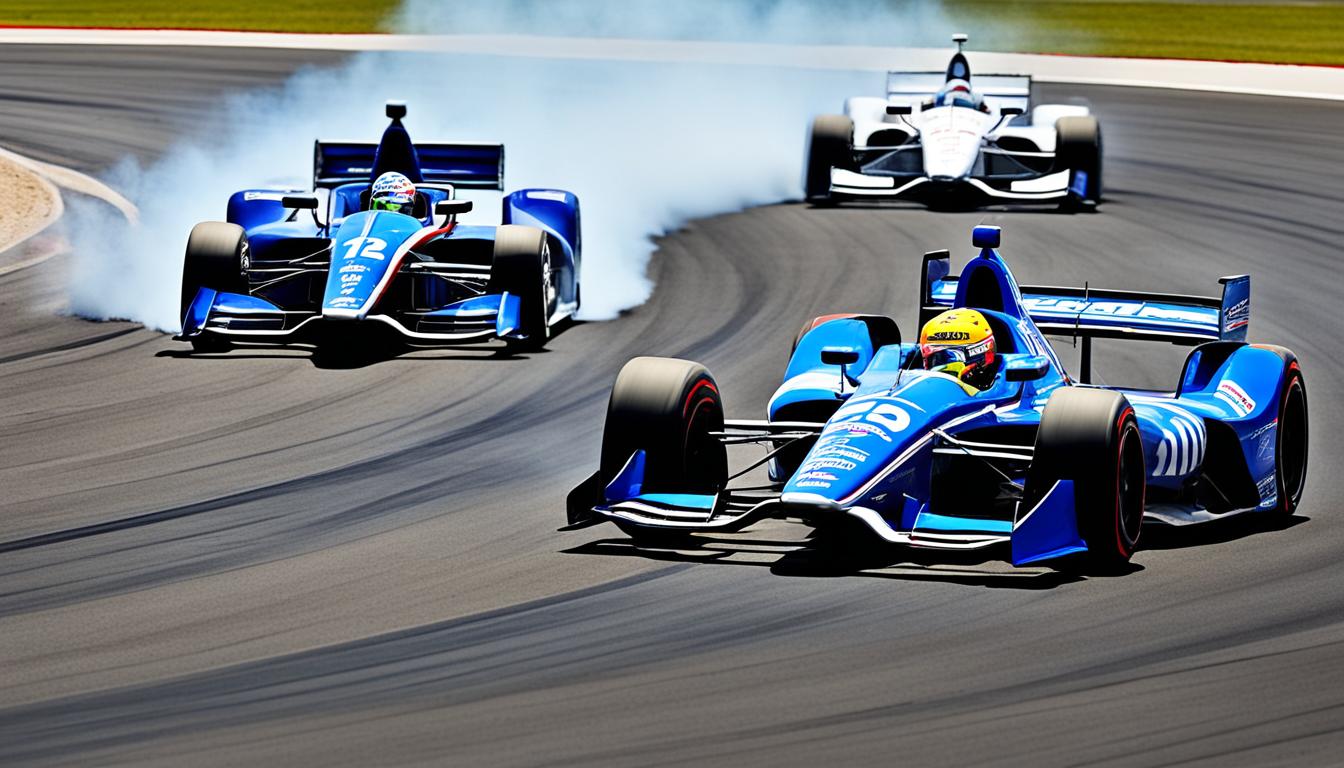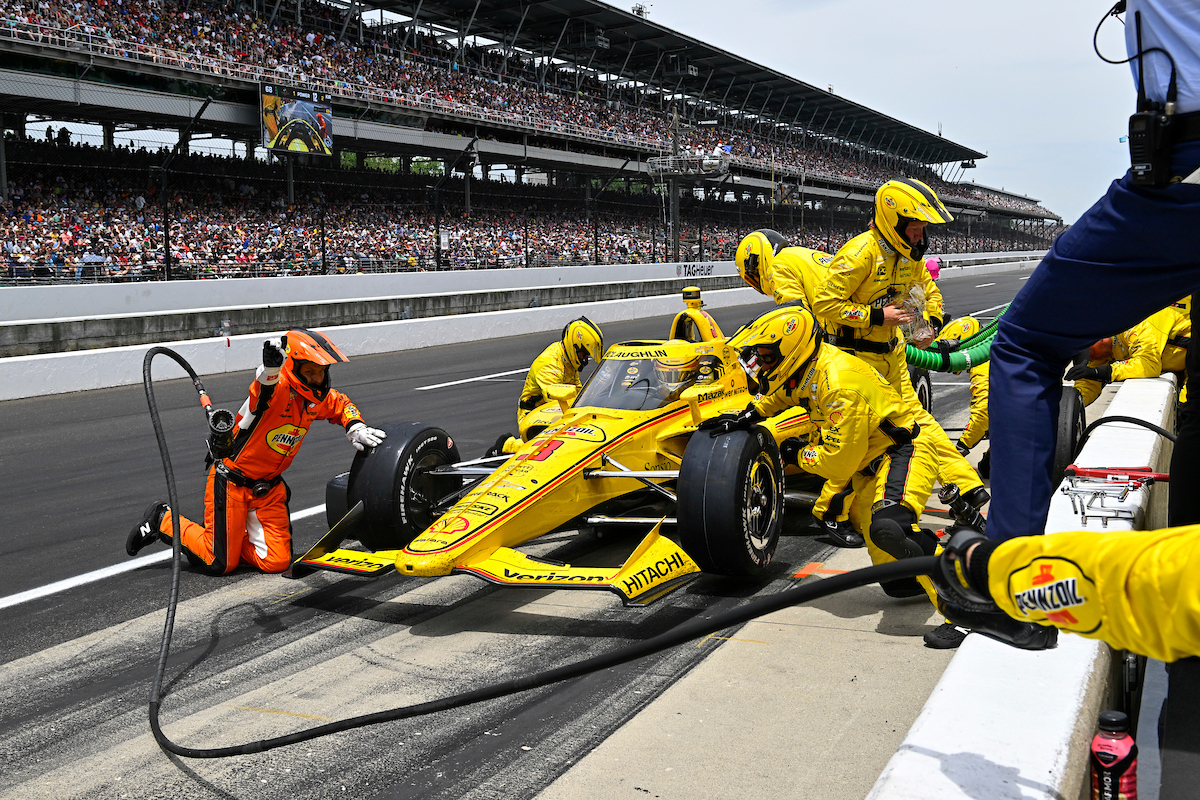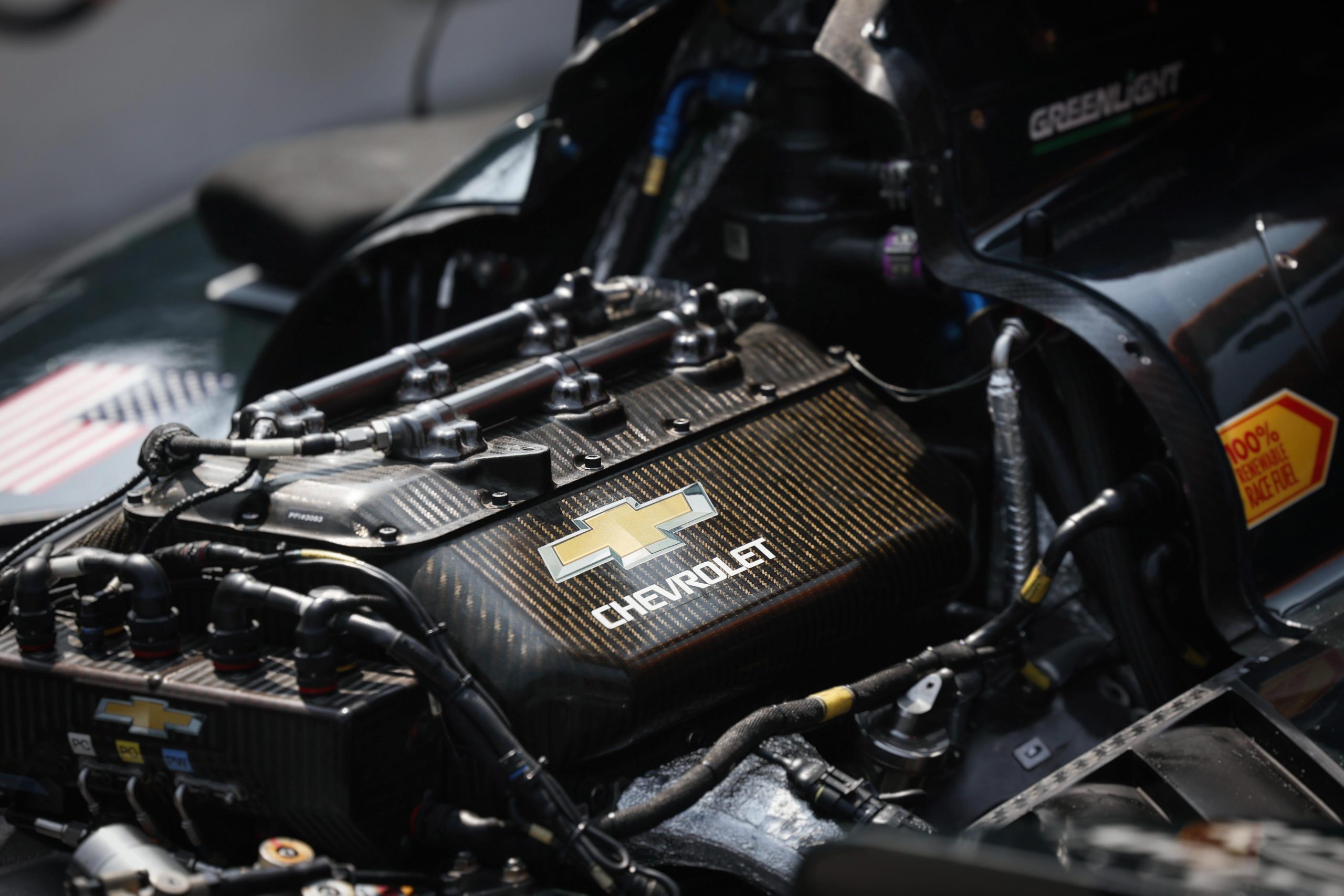Do IndyCars have carburetors?
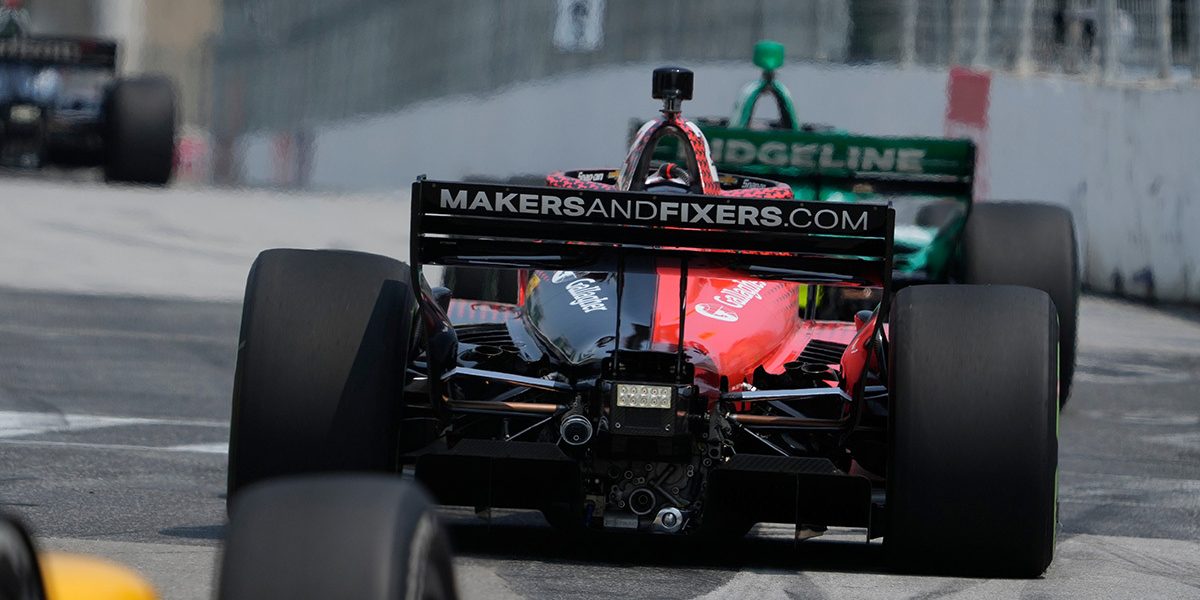
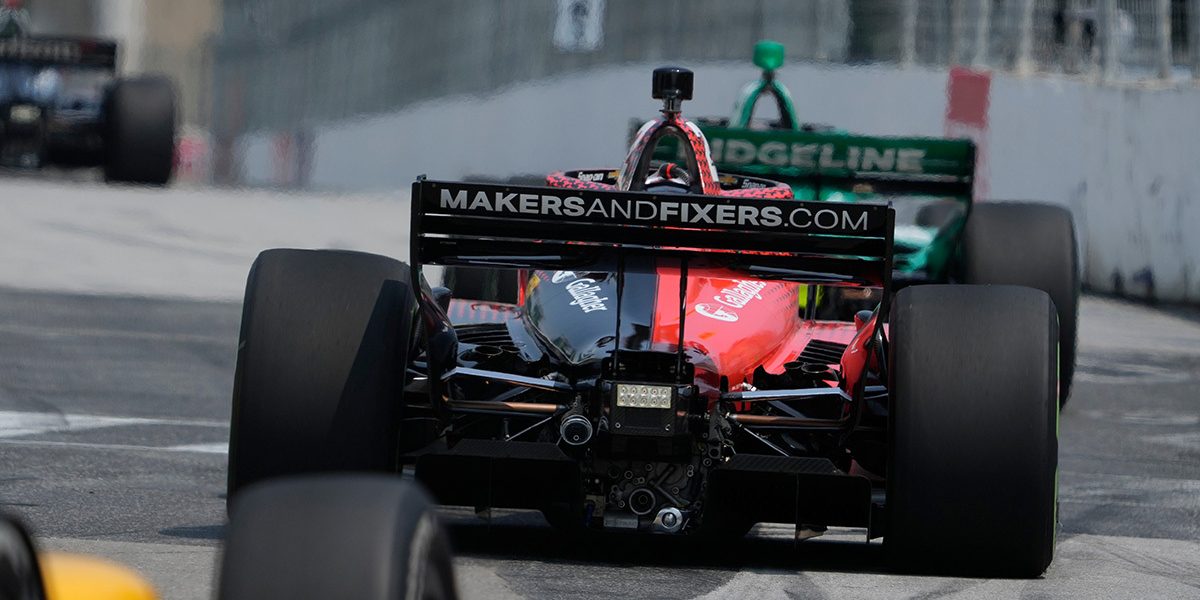
Do IndyCars have Carburetors? That’s a big no. IndyCars stopped using carburetors since 1963 and now rely on fuel injection systems for improved performance.
These cars’ engines are twin-turbocharged V6s, capable of producing 650-horsepower. They have modern features such as electronics and advanced fuel-injection systems.
Table of Contents
Understanding Carburetors
Carburetors are essential components of internal combustion engines that regulate the air and fuel mixture required for combustion. They are responsible for ensuring the engine runs smoothly and efficiently. Understanding the functioning of carburetors is crucial for any car enthusiast or mechanic.
The carburetor’s design has remained unchanged for several decades. It comprises several components such as the throttle, float chamber, and jets. These components work together to control the air and fuel mixture that enters the engine. Carburetors come in different sizes and designs to cater to different engine types and performance requirements.
One unique feature of carburetors is their vulnerability to changes in weather and altitude. These variables can significantly impact the air/fuel mixture, resulting in either a rich or lean mixture, which can be detrimental to the engine’s performance. Hence, tuning the carburetor to match the prevailing weather and altitude is crucial for optimal performance.
What are Carburetors?
Carburetors are often referred to as fuel mixers: they mix air and fuel for internal combustion engines. Older cars relied on them until they were replaced by electronic fuel injection systems. These work on basic principles of vacuum pressure and air intake, with components such as throttle plates and jets regulating fuel flow.
The size of the bore #1 affects engine performance hugely. A smaller bore will decrease air entering the engine, resulting in reduced power. Conversely, a larger bore increases engine power, but reduces low-end torque. Finding the perfect carburetor size needs consideration of displacement, camshaft profile, and intended usage.
Tuning carburetors can provide maximum power or optimum fuel economy. Adjusting jetting, idle speed and mixture screws can do this. But, incorrect tuning can lead to poor performance. Or even severe engine damage if lean conditions cause detonation. Seek professional help or follow manufacturer guidelines for tuning carburetors.
So says A.G.Barnett in 1949: “The real criterion for carburation is not what is obtained at full throttle on the test bench; it is what the carburetter does under all conditions of running.”
How do Carburetors work?
Carburetors blend air and fuel for inner combustion engines. Fuel enters through the inlet, mixing with air in the venturi. This creates a low-pressure area and draws more air into the carburetor. The mixture is then ignited and powers the engine.
For optimal air and fuel mixture, carburetors have components such as a throttle valve, needle valve, choke valve and acceleration pump. These parts work together to control the air entering the engine, depending on its speed and load. Altitude, temperature and humidity also impact the functioning of a carburetor.
Carburetor maintenance is key. Inspect and clean it regularly to avoid clogged components and ensure fuel flows smoothly. Plus, quality fuel is pivotal for a long-lasting carburetor lifespan.
Pro Tip: Regular maintenance checks with your mechanic can help prevent costly repairs in the future. Without carburetors, racecars would just be expensive paperweights with wheels.
Importance of Carburetors in Racing
Carburetors are essential for vehicle performance in racing. They mix air and fuel to make a combustible mixture that powers the engine. The right carburetor can boost engine performance and power, helping racers get their desired results.
Various types of carburetors used in racing have different features to consider, like air intake size, venturi diameter, throttle bore size, and choke type. By customizing these components, racers can improve their car’s efficiency and get maximum speed and torque.
Carburetors also influence fuel consumption. So, racers must take into account track conditions, car weight, and weather conditions when choosing the right carburetor.
As Car & Driver magazine states: “Choosing the right carb requires consideration not only of outright peak horsepower but also overall driveability with good throttle response at all points in the engine operating range.” Without carburetors, IndyCars would be stuck in the pits faster than a bee in honey!
IndyCars and Carburetors
IndyCar Engines: Understanding Carburetors
IndyCar Engines rely on fuel delivery systems to provide a balanced mixture of fuel and air in the combustion chamber. In the past, carburetors were the primary way of delivering fuel in engines. Today, however, IndyCars do not use carburetors. Instead, they use electronic fuel injection (EFI) systems that allow for more precise control of fuel flow to the engine.
EFI systems have evolved over time to become more efficient, reliable, and easy to use than carburetors. They use electronic sensors to monitor engine performance in real-time and adjust the fuel flow accordingly. This ensures that the right amount of fuel is delivered to the engine at all times, resulting in optimal performance and fuel efficiency.
One of the unique features of IndyCar EFI systems is their ability to monitor and adjust fuel flow during a race. This feature allows engineers to maximize engine performance while minimizing fuel consumption, which can be a crucial factor in long-distance races.
Pro Tip: Understanding the difference between carburetors and EFI systems can help you appreciate the technological advancements in IndyCar engines.
Brief History of IndyCars
IndyCars have been around since the early 20th century. They’re known for being fast, precise and powerful. The Indy 500 is where this motorsport series got its name. Over the years, the design, tech and safety of the cars have changed to fit the demands and rules of the market.
The first IndyCar debuted in 1911 on the Indianapolis Motor Speedway. It had manual transmission, low horse power and no aerodynamics. Later on, AJ Foyt, Rick Mears and Mario Andretti made history with rear-engine placement, turbocharged engines and lightweight designs.
In more recent times, regulations have made fuel injection popular. That cuts down on fuel use and increases the power. But these cars are still amazing because they can reach speeds up to 240 mph!
Modern IndyCars and Fuel Injection
Modern IndyCars have adopted an advanced fuel-injection system, unlike what was used in the past – carburetors. This system has dramatically improved performance and fuel economy of these race cars, allowing them to complete more laps without refueling.
The table below explains how the fuel-injection system helps IndyCars:
| Fuel Injection System Benefits | Description |
|---|---|
| Increased Power | Fuel injection systems precisely measure the amount of fuel needed for each cylinder. Carburetors were not as precise. |
| Improved Throttle Response | Fuel injection systems enable immediate throttle response, making it easier for drivers to drive at high speeds. |
| Better Fuel Efficiency | Modern IndyCars are fitted with special sensors that monitor airflow and adjust accordingly. This optimizes performance by using the right amount of fuel needed for each lap. |
In 2000, after stringent regulations were implemented regarding engine specs, this technology was fully employed. It has improved the speed potential while reducing carbon emissions. IndyCars have evolved over time, with cutting edge technologies.
Comparison between Carburetors and Fuel Injection in IndyCars
The use of carburetors and fuel injection in IndyCars differs. Examining these two technologies can help us to comprehend how they impact the race cars’ performance.
A table below shows the distinctions between carburetors and fuel injection in IndyCars, with real stats.
| Carburettor | Fuel Injection | |
|---|---|---|
| Cost | Cheap | Expensive |
| Performance | Low | High |
| Fuel Economy | Poor | Best |
| Maintenance | Needs frequent maintenance | Low maintenance |
| Installation | Easy to install & repair | Difficult |
Before the emergence of EFI, carburetors had been broadly used in all types of racing. This decreased emissions and improved performance.
It’s clear that as fuel economy has improved, carbureted motors have decreased. The current IndyCar engines now use fuel injection technology for precise fuel injection into each cylinder.
Once, CARS had both carburetion and electronic fuel injection to amplify engine performance, up gas mileage, and reduce emissions. Nowadays, standalone engine management systems, managed by sensors communicating precise data, provide enhanced combustion and performance control, leading to the highest possible power output.
Do IndyCars have carburetors? – Conclusion
IndyCars don’t have carburetors. They use electronic fuel injection systems instead. These systems give better performance and fuel efficiency than old-fashioned carburetors. Plus, electronic injectors let mechanics adjust and tune the engine’s power output and efficiency. If you’re into racing or high-performance vehicles, understanding fuel delivery systems can help you get the best performance.
Pro tip: Regular maintenance of the electronic fuel injection system is key for peak performance and long life.
Do IndyCars have carburetors? – Frequently Asked Questions
Do IndyCars have carburetors?
No, IndyCars do not have carburetors. In fact, they have not used carburetors since the early 1960s. These days, IndyCars use electronic fuel injection systems to deliver fuel into the engine, which allows for much greater precision and control over the fuel-air mixture.
Why don’t IndyCars use carburetors?
There are a few reasons why IndyCars don’t use carburetors anymore. One is that electronic fuel injection systems are much more precise than carburetors, which allows for better engine performance and efficiency. Additionally, by using fuel injection systems, IndyCar can ensure that all cars have equal power, since the fuel delivery is controlled by the same system across all cars.
Are carburetors still used in any type of auto racing?
While carburetors are not used in IndyCar racing or most other modern forms of auto racing, they are still used in some grassroots racing series and vintage racing events. However, even in these cases, electronic fuel injection systems are becoming more common.
Was the move away from carburetors controversial?
Not really. By the time electronic fuel injection was introduced in IndyCar racing, carburetors had become outdated technology for high-end racing. Once the teams saw the benefits of the new system — including improved performance and better control over the fuel-air mixture — there was little pushback against the change.
How does electronic fuel injection work in IndyCar racing?
Like most fuel injection systems, the electronic fuel injection system in an IndyCar uses sensors to monitor various engine conditions and sends that data to a computer, which then controls the amount of fuel that is delivered to the engine. The system allows for precise control over the fuel-air mixture, which is critical for achieving maximum performance and efficiency.
Do IndyCar drivers need to learn new techniques to drive cars with electronic fuel injection?
Not really. While there are some subtle differences in how the car performs with fuel injection versus carburetors, most drivers are able to adapt quickly. In fact, many drivers prefer cars with electronic fuel injection, since the system allows for greater control over how the car runs.






